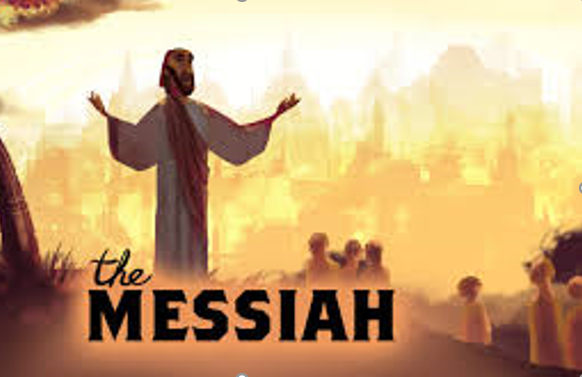Do the Narratives of Jesus's Resurrection conflict?
Dan Barker, many years ago issues a challenge to Christians to take the 4 gospels and build a reasonable narrative of them. Presumably, he feels it is difficult, when in fact, the 4 gospels harmonize nicely without adding any commentary at all.
The conditions of the challenge are simple and reasonable. In each of the four Gospels, begin at Easter morning and read to the end of the book: Matthew 28, Mark 16, Luke 24, and John 20-21. Also read Acts 1:3-12 and Paul's tiny version of the story in I Corinthians 15:3-8. These 165 verses can be read in a few moments. Then, without omitting a single detail from these separate accounts, write a simple, chronological narrative of the events between the resurrection and the ascension: what happened first, second, and so on; who said what, when; and where these things happened. ...His premise is that the gospels contradict and cannot be reconciled.
Why Christians Can Have Confidence in the Bible and Why Muslims Should Believe It
18 Reasons Why the Gospel Writers Gave us True History about Jesus
*Updated 11/5
"The historical Jesus only said 18% of the words the gospels claim he did."
-Dr. Scott DeGregorio, Professor of History, University of Michigan-Dearborn
“Why would the apostles lie?...If they lied, what was their motive, what did they get out of it? What they got out of it was misunderstanding, rejection, persecution, torture, and martyrdom. Hardly a list of perks!” -Dr. Peter Kreeft, Professor of Philosophy, Boston College
If the writers of the gospels gave us true history, Jesus was a not only a good man but the ideal man. He claimed to have eternal origins and the very authority of God himself. But that is precisely the all-important question: Did they tell the truth? In other words, are the gospels true? Do they really give us an historical account of this Jesus upon whom Christianity is founded? Are the gospels good history, or are they so embellished as to consign them to mythology or historical-fiction? Skeptics like Dr. Scott DeGregorio ascribe to the latter view, as do many other scholars such as the well-known Bart Ehrman of UNC Chapel Hill. But in the opposing corner, a host of Ph.D. historians and other kinds of scholars confidently assert that the gospels are true history and present an accurate account of the risen Jesus who claimed to be the prophesied Messiah, Savior and Lord, etc.
Why we can believe the Bible we have today with full confidence. Or, Why good Muslims should believe the Bible
This article was segment three in a four-part presentation at the first-ever "Confidence" seminar on July 21. My task was to explore the credibility of the Old Testament, or Tanakh, especially as it provides the foundation for the New Testament. In segment four my co-presenter Steve Schlichter covered the impeccable manuscript history of the New Testament.
Thesis 1
We can have great confidence in the Bible as divine revelation because it is self-authenticating. As a veritable library of scripture, it is self-authenticated by the coherence and continuity between its parts and divisions—especially in view of its substantial diversity. As a body of literature, the Bible displays a remarkable historio-theological continuity between its books, its segments and its two testaments that points demonstrably to long-range divine planning and engineering. Such continuity within diversity is best explained as the product of a prolonged, overarching, progressive and divine plan consisting of complex historio-theological components that develop and reach their culmination. When we grasp the magnitude of such a plan we should be moved with awe to appreciate its divine genius and acknowledge its internal authentication. The Bible’s continuity and coherence can be seen in terms of its various themes and motifs which I list further down in the article. I will focus on one only—the Messiah Motif.

What we can learn about the Companions' versions from the San'aa manuscripts and ahadith
In this article we will go deep into what I am calling the ‘philosophy of paper trails’. In specific, we will attempt to identify the history of the sacred text known as the Qur’an. We will do this by examining the text of the Qur’an itself as well as extra-Qur’anic Muslim sources such as the hadith and the tafsir, or Islamic commentaries. We also make use of scholarly, peer-reviewed sources such as Proquest and the Journal of Qur’anic Studies, popular online sources such as Wikipedia, and lesser-known but still credible articles that I had at my disposal. The questions we will ask and attempt to answer are not novel: Have the texts of the Qur’an been perfectly preserved since their initial emergence into 7th century Arabia, in the first century A.H. and to the present time? This article will argue no.
*The entire article (16 pages) can be downloaded at the end of this condensed version.